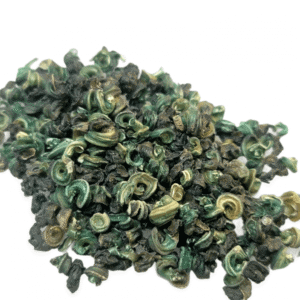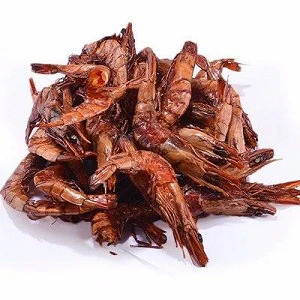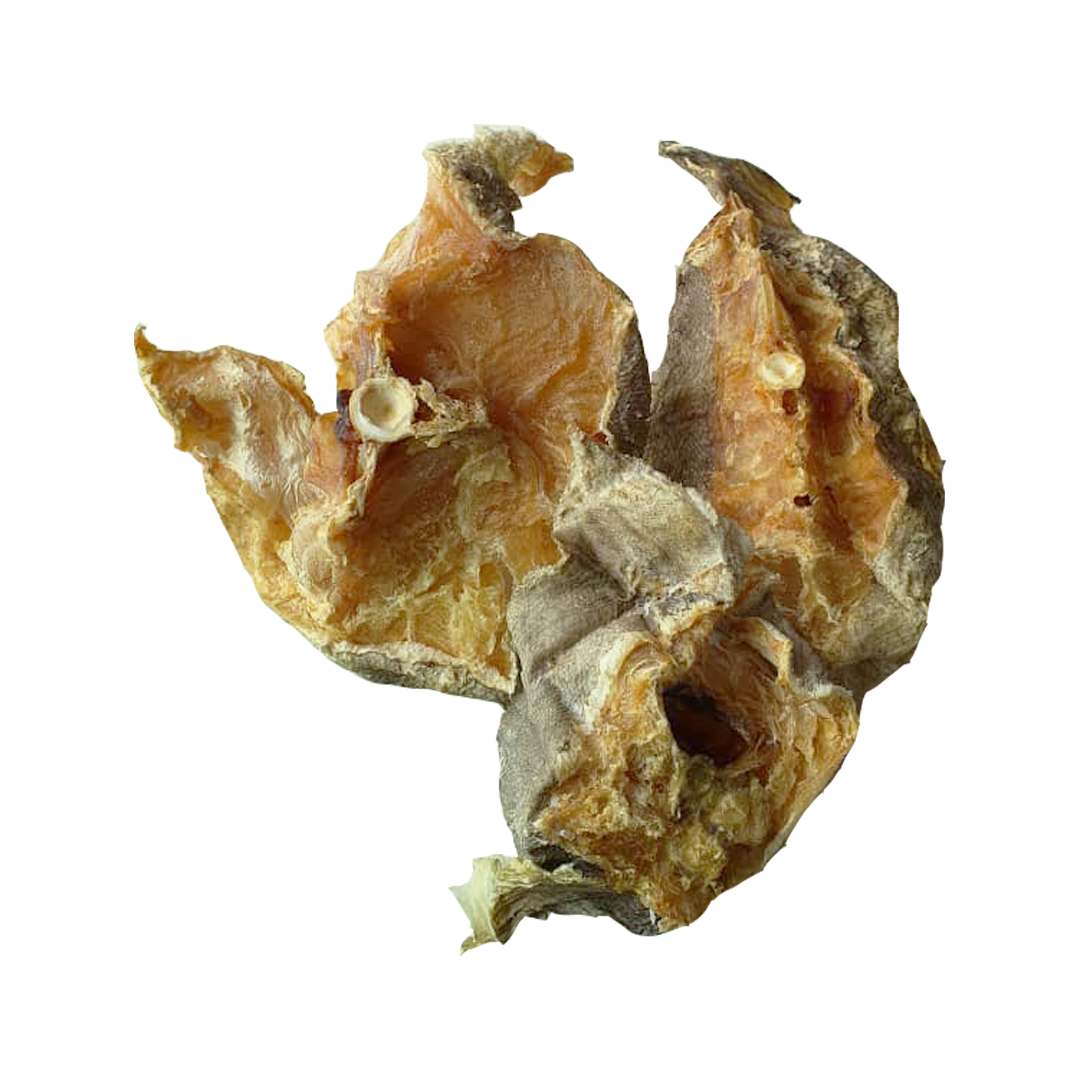

Description
Dried catfish is a popular delicacy in many parts of the world, particularly in regions where fresh fish might not be readily available year-round or where preservation methods are necessary due to transportation challenges. Here’s a detailed description of dried catfish:
- Preparation: Dried catfish is typically prepared by cleaning and gutting fresh catfish, then cutting it into smaller pieces or fillets. These pieces are then seasoned with salt and sometimes other spices or herbs before undergoing the drying process.
- Drying Process: There are different methods for drying catfish, including sun-drying, smoking, or air-drying. Sun-drying involves laying the fish out in the sun on racks or mats, allowing the heat and airflow to gradually remove moisture from the fish. Smoking involves exposing the fish to smoke from burning wood or other combustible materials, which not only dries the fish but also imparts a smoky flavor. Air-drying can be done indoors or outdoors, with the fish hung or laid out in a well-ventilated area to dry slowly over time.
- Appearance: Once dried, catfish takes on a firm texture and a darker color compared to fresh fish. The skin becomes leathery, and the flesh shrinks as moisture is removed, resulting in a more concentrated flavor. Depending on the drying method used, dried catfish may have a slightly wrinkled or shriveled appearance.
- Texture: Dried catfish has a firm and chewy texture, which can vary depending on factors such as the drying method and the size of the fish pieces. It may be slightly tough or brittle, especially around the edges.
- Flavor: Drying concentrates the natural flavors of the catfish, resulting in a more intense and savory taste compared to fresh fish. The flavor profile can also be influenced by the seasoning used before drying, as well as any smoking process employed.
- Nutritional Value: Dried catfish retains many of the nutrients found in fresh fish, including protein, vitamins, and minerals. However, the drying process can also lead to some nutrient loss, particularly water-soluble vitamins like vitamin B and vitamin C.
- Storage: Properly dried catfish can be stored for extended periods without refrigeration, making it an ideal food item for areas with limited access to modern preservation methods. It should be stored in a cool, dry place away from moisture and pests to prevent spoilage.
- Culinary Uses: Dried catfish can be rehydrated by soaking it in water or broth before use in recipes. It is commonly used in soups, stews, and sauces to add flavor and texture. It can also be grilled, fried, or roasted for a tasty and nutritious snack or main dish.
Overall, dried catfish is a versatile and convenient ingredient that offers a flavorful and long-lasting option for enjoying fish in various culinary applications.
Be the first to review “Dried Catfish” Cancel reply
Related products
-
Sale!

2kg of Dried Periwinkle
₦37,000.00Original price was: ₦37,000.00.₦36,000.00Current price is: ₦36,000.00. Add to cart -
Sale!

1 paint of Dried Prawn
₦35,000.00Original price was: ₦35,000.00.₦30,000.00Current price is: ₦30,000.00. Add to cart -
Sale!

1kg of stockfish Fillet
₦26,000.00Original price was: ₦26,000.00.₦25,000.00Current price is: ₦25,000.00. Add to cart -
Sale!

1kg of Stockfish Cutlet
₦31,000.00Original price was: ₦31,000.00.₦30,000.00Current price is: ₦30,000.00. Add to cart


Reviews
There are no reviews yet.